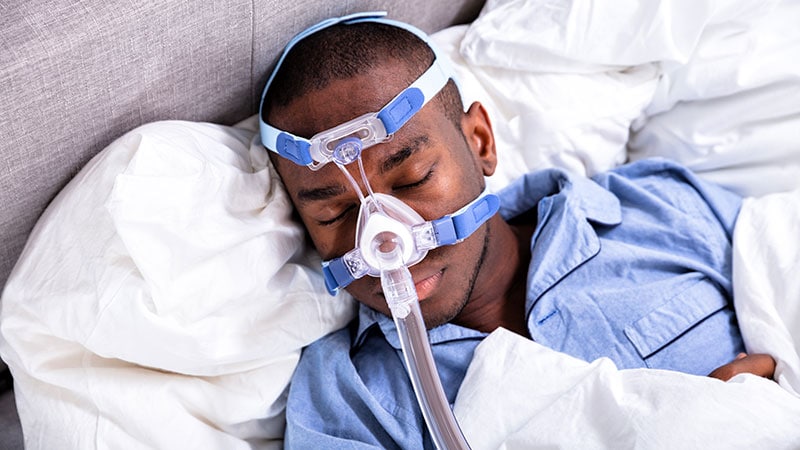Underestimation of OSA in Black Patients Due to Measurement Error
The content discusses how measurement error may be responsible for underdiagnosing obstructive sleep apnea (OSA) in Black patients compared to White patients. Data from nearly 2,000 individuals, including ICU patients during the COVID-19 pandemic, suggests that pulse oximetry devices used to measure oxygen saturation may be less accurate for patients with darker skin. The study presented at the ATS annual meeting analyzed data from 1955 adults enrolled in the Multi-Ethnic Study of Atherosclerosis (MESA) Exam 5. The research found that desaturation sensitivity was significantly lower in Black patients compared to White patients, potentially leading to an underestimation of OSA severity in Black individuals.
Key Highlights:
- Measurement error may contribute to underdiagnosing OSA in Black patients.
- Data from ICU patients during the COVID-19 pandemic indicates pulse oximetry devices may be less accurate for patients with darker skin.
- Desaturation sensitivity was lower in Black patients compared to White patients, potentially affecting OSA severity assessment.
تخصيص الملخص
إعادة الكتابة بالذكاء الاصطناعي
إنشاء الاستشهادات
ترجمة المصدر
إلى لغة أخرى
إنشاء خريطة ذهنية
من محتوى المصدر
زيارة المصدر
www.medscape.com
Standard Measure May Underestimate OSA in Black Patients
الرؤى الأساسية المستخلصة من
by Heidi Splete في www.medscape.com 05-24-2023
https://www.medscape.com/viewarticle/992387
استفسارات أعمق
